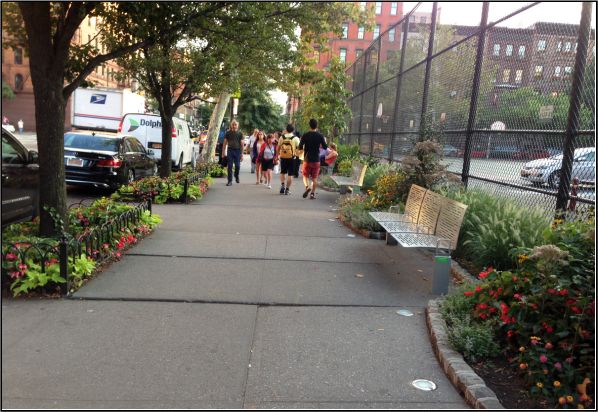
The AAC fit in comfortably as fundraiser and consultant.įollowing a "Call to Artists", Elizabeth Indianos was selected to create the obelisks. The City also provided $5,000 to get the project rolling. Simultaneously, and unbeknownst to the AAC, the City of Gainesville discussed the same goal, and commissioned the Art in Public Places Trust (APPT) to oversee the project. In the Fall of 1998, the AAC began discussing the revival of the solar system model using more durable and vandal-resistant materials. However, the project lay dormant until the last quarter of 1998. The letter noted that the AAC would attempt to restore the signs at a future date. Cohen, responded to the loss of signs in a letter to the Gainesville Sun (October 17, 1998). The missing signs stimulated Gainesville Sun columnist Gary Kirkland to write about the missing signs ("University & Main," Gainesville Sun, Octoand October 16, 1996).ĪAC Vice-President, Howard L. School teachers, who took students to see Gainesville's "solar system," quickly noted the loss of the solar system signs. Unfortunately, by 1996, many of the signs had disappeared. Circles on the signs also showed the relative sizes of each planet compared with the Sun. Signs were spaced to show the relative average sizes of each orbit using a scale of about four billion to one. The Sun and each planet had its own sign. These signs were conveniently placed for both Littlewood Elementary School, Westwood Middle School and Westside Park.
#SOLAR WALK ON NW 8TH STREET SERIES#
Sullivan helped raise money for a series of signs to be placed along NW 8th Avenue. In 1993, Chip Sullivan, a Gainesville citizen and member of the AAC, developed the original concept for a solar walk in Gainesville.

Our solar system made many friends until vandalism took its toll. History of the Solar Walk Did you know that the "solar system" was once missing? From 1993 to 1996, Gainesville had a solar system model along one of its busy streets.


 0 kommentar(er)
0 kommentar(er)
